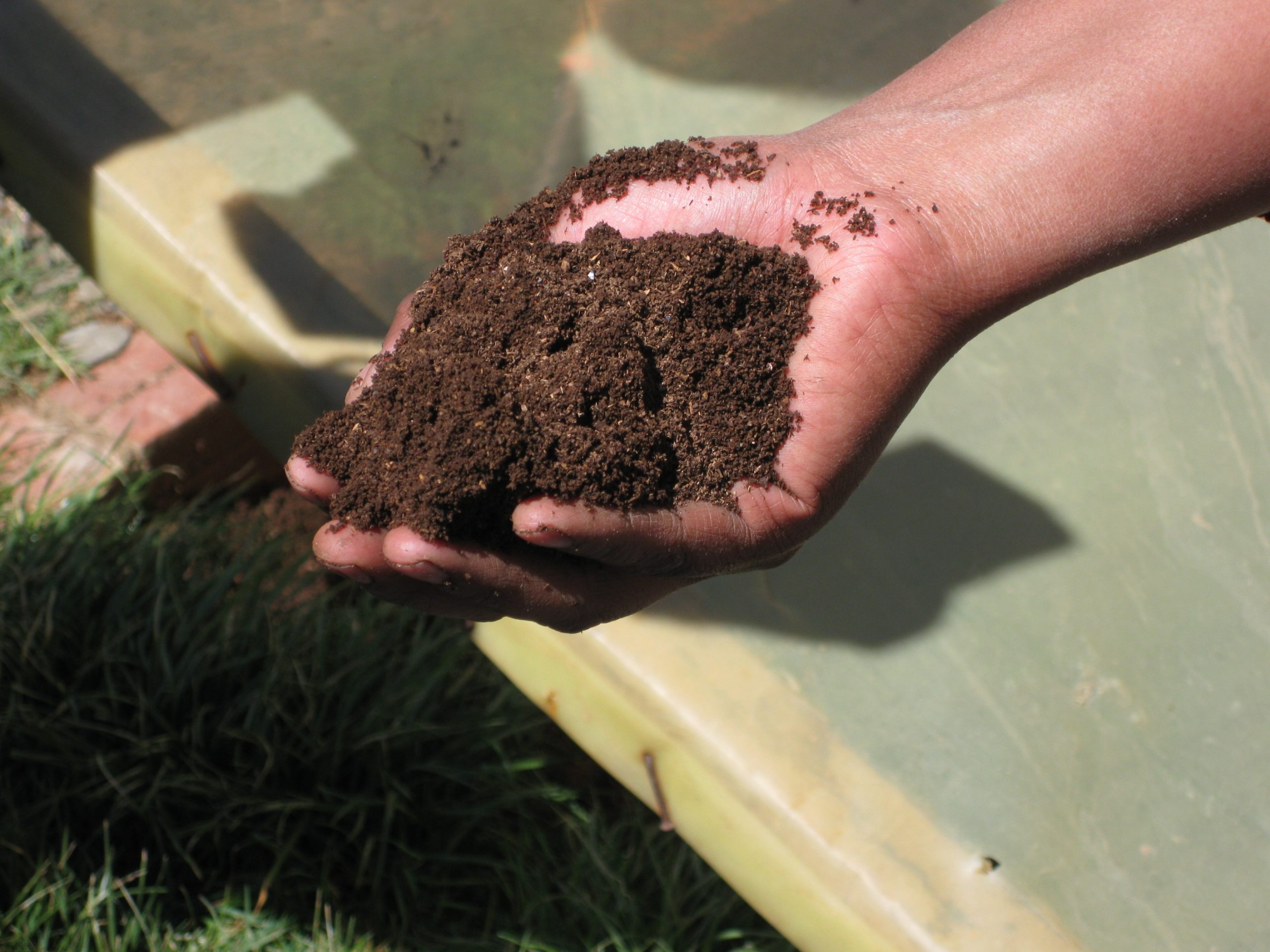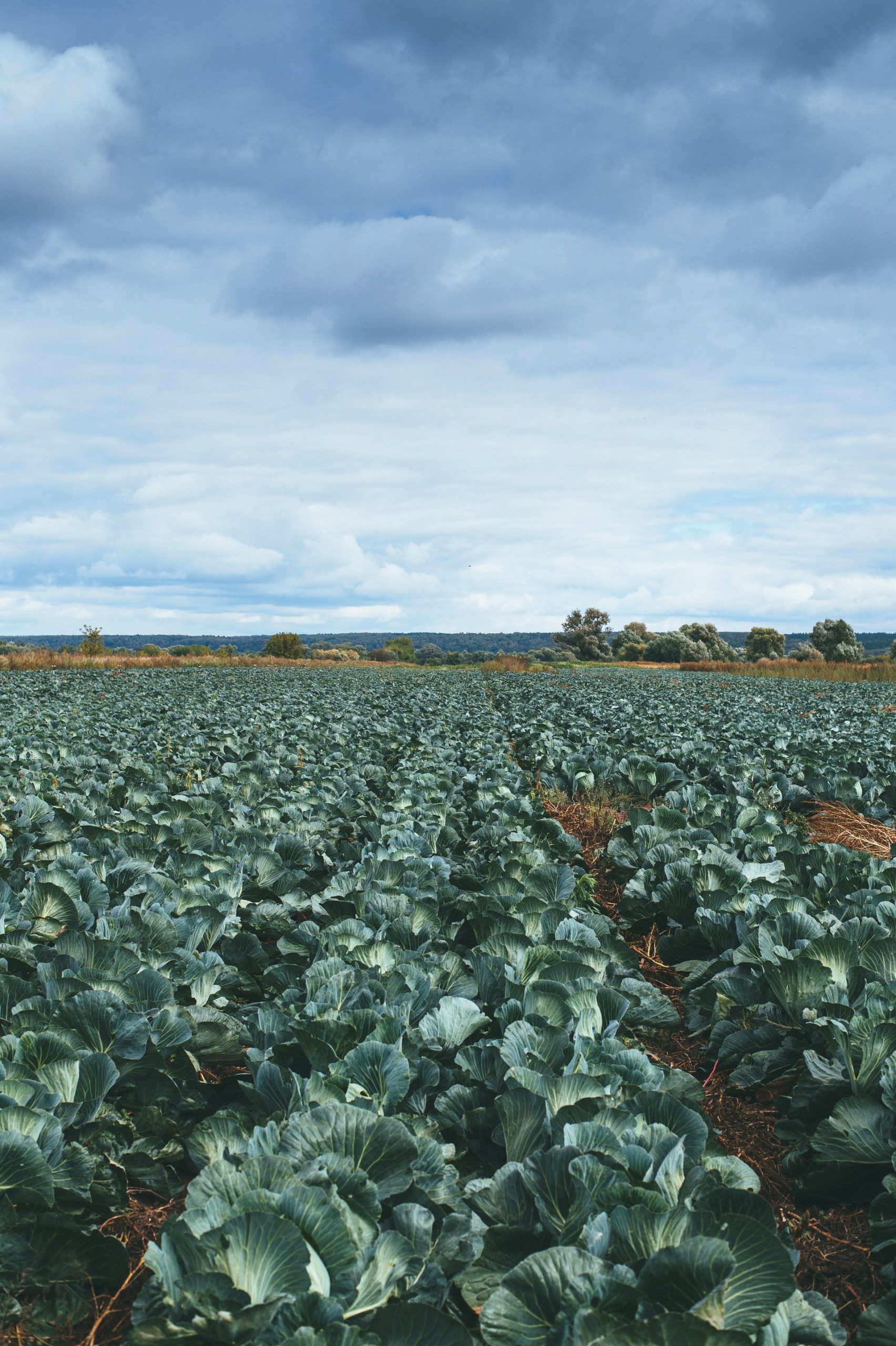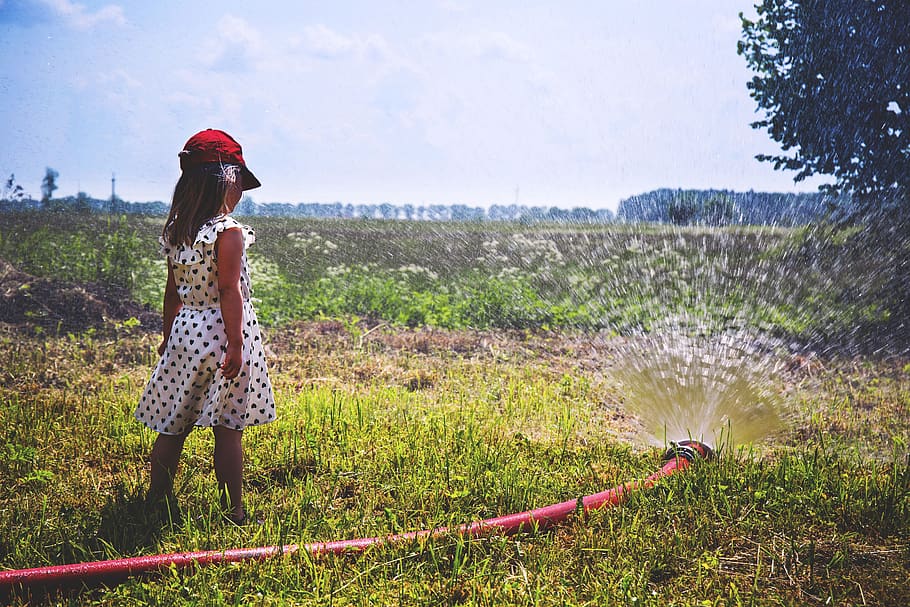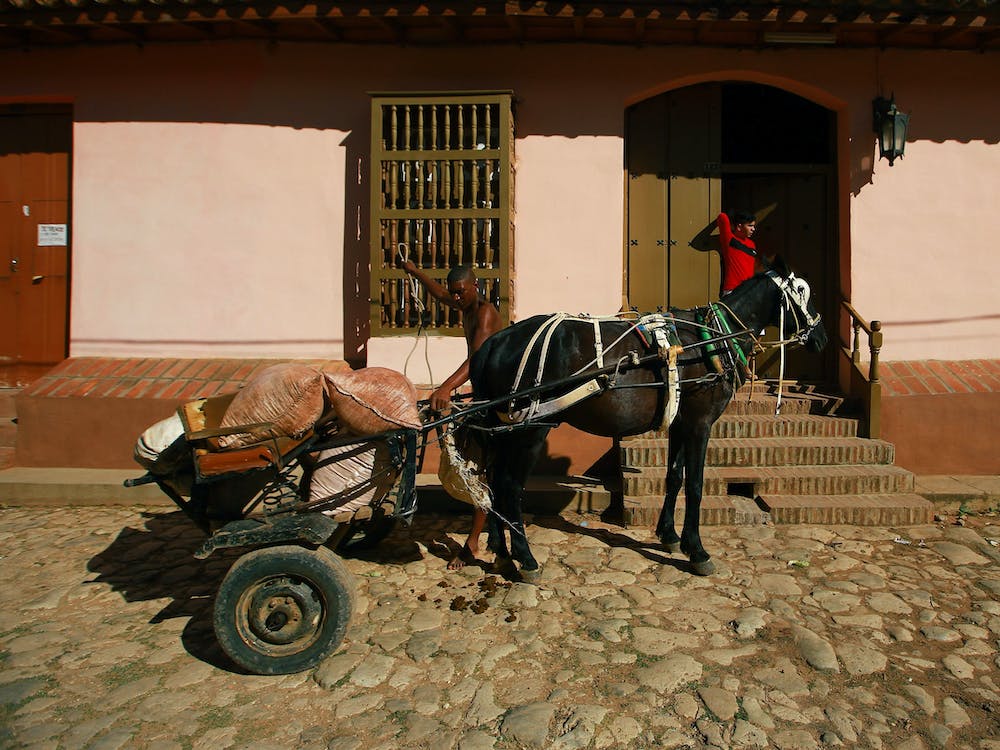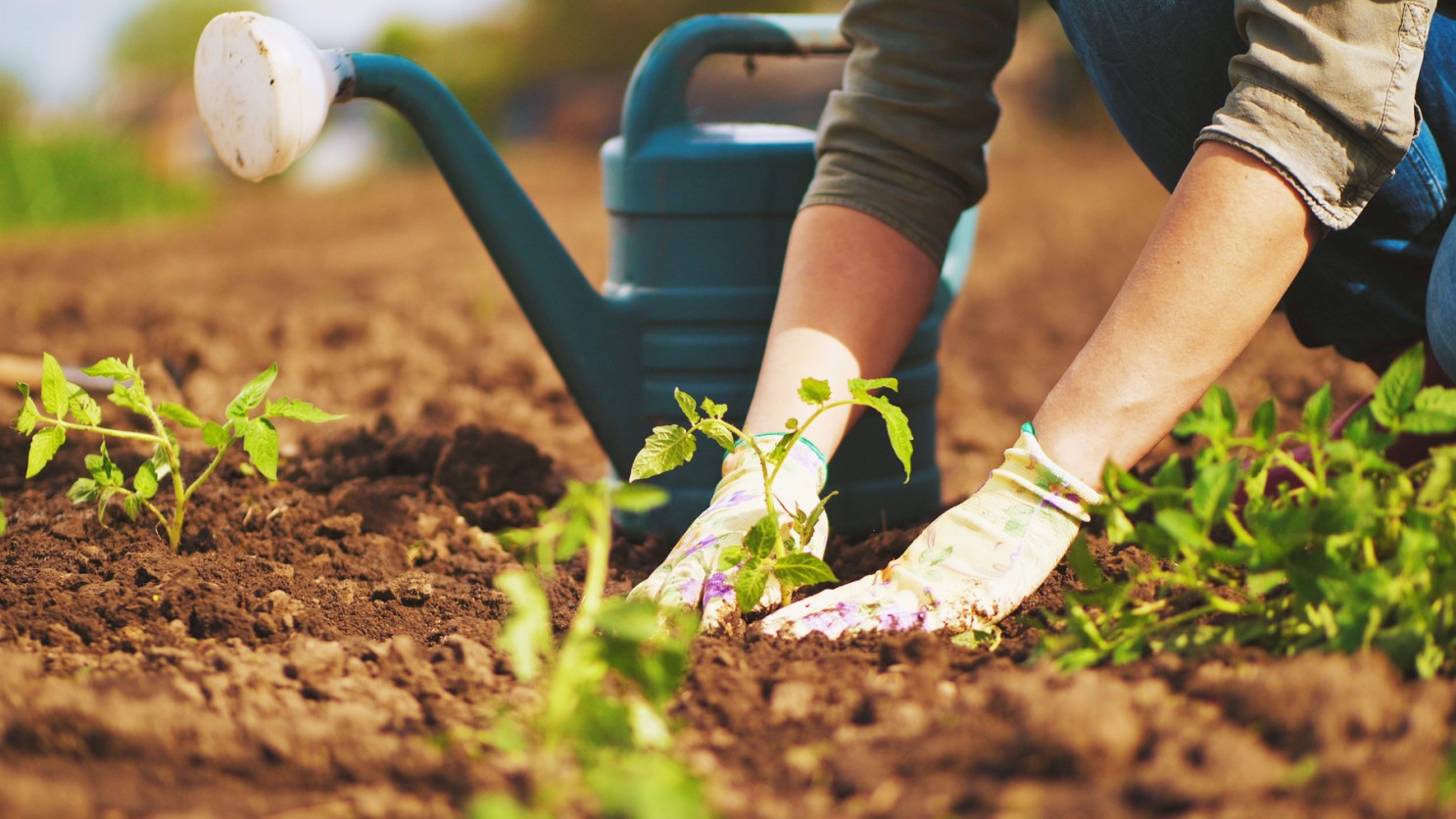The key to a healthy and thriving garden is your compost. In previous articles, we’ve covered the basics of composting and various methods to speed it up for our impatient gardeners out there. The thing is, it takes us at least three to six months to make decent compost, but this process can be extended if there are problems. To avoid these, we’ll go over the most common issues and ways to fix them.
How do I recognize the perfect compost?
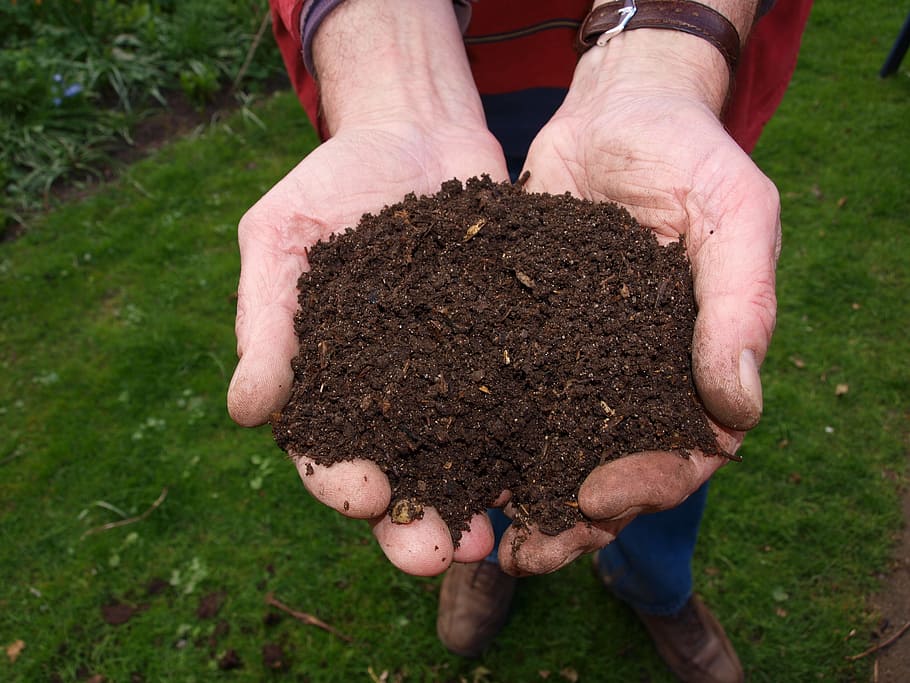
The perfect compost has a fine and crumbly texture. It smells earthy, and the ingredients that were in the compost are no longer visible. It should be dark brown and have a uniform consistency. This is when you’ll know your compost is full of nutrients and ready to be used.
It doesn’t matter if you are new to gardening or have a lot of experience; these composting problems can happen to anyone.
Too wet
You may find that your compost is too wet, resulting in flies or a foul odour. This can happen if you add too much fresh material. Remember that compost should have a balance of fresh and dry material; if there is more of one than the other, there is a problem.
Also, some fresh materials like vegetable peels have high water content. If you add vegetable peels or grass clippings, do so in small amounts and consider adding carbon-rich ingredients such as eggshells, brown leaves, paper or even cardboard.
If you already have moist compost, you will need to turn the pile before adding the carbon-rich ingredients. Remember that heat speeds up the composting process, and a wet compost will slow this down.
Too dry
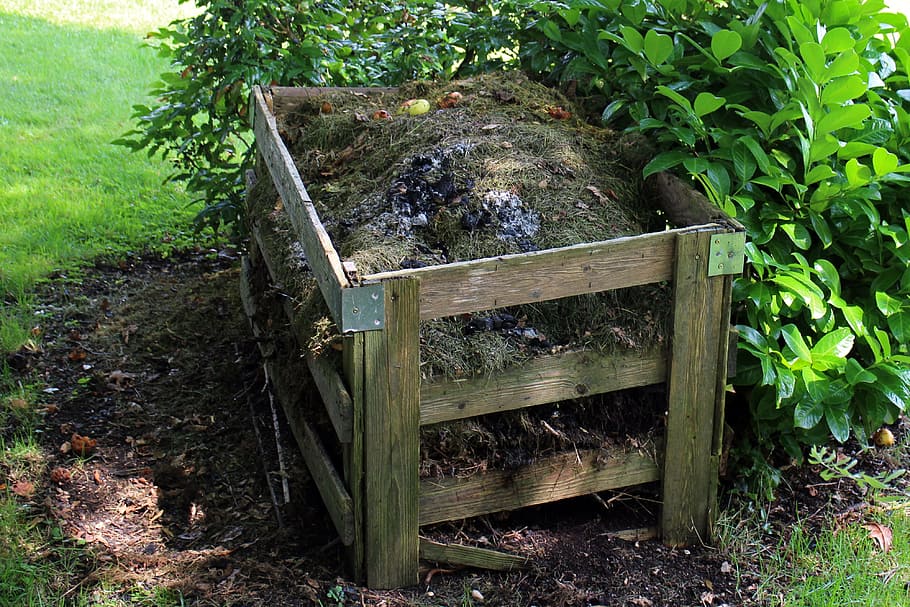
If your compost pile does not receive enough moisture, the compost will become dry and dusty. The lack of humidity decreases bacterial life, which is essential to the composting process.
Making a dry compost pile wet is as easy as taking a walk in the park: all you have to do is water it. I suggest turning the stack over and watering it gradually. The best thing you can do is water it with rainwater, but don’t stress about it; tap water will do just fine.
Water it evenly with a watering can fitted with a rose head, and try to mix the compost in the process. Be sure to balance fresh and dry materials, so the compost doesn’t dry out again.
Bugs
Bugs such as pill bugs and seed bugs live on decaying organic waste. Don’t worry; they are not harmful to compost, but you need to make sure you get rid of them before you spread compost in your garden, as they will feed on your plants and seedlings. Even if their presence is not a problem, it can be a sign of slow composting.
If you want to get rid of the bugs, you need to raise the temperature of your compost pile up to 48 degrees. To check the temperature, you will need a compost thermometer. To heat the compost, turn it over and add manure or shellfish shells.
Remember, warming your compost pile is very important as it ensures the process is progressing. You can repeat this process every two weeks to avoid the appearance of new bugs.
If you only notice the bugs before using the compost, you don’t have to throw it away. Spread the compost in a thin layer on the ground in direct sunlight and leave it there for a few hours; then, the bugs will disappear due to the heat.
If you want to read more about the problems that may arise when composting, read our part 2. Let us know in the comment if this article has been helpful…

